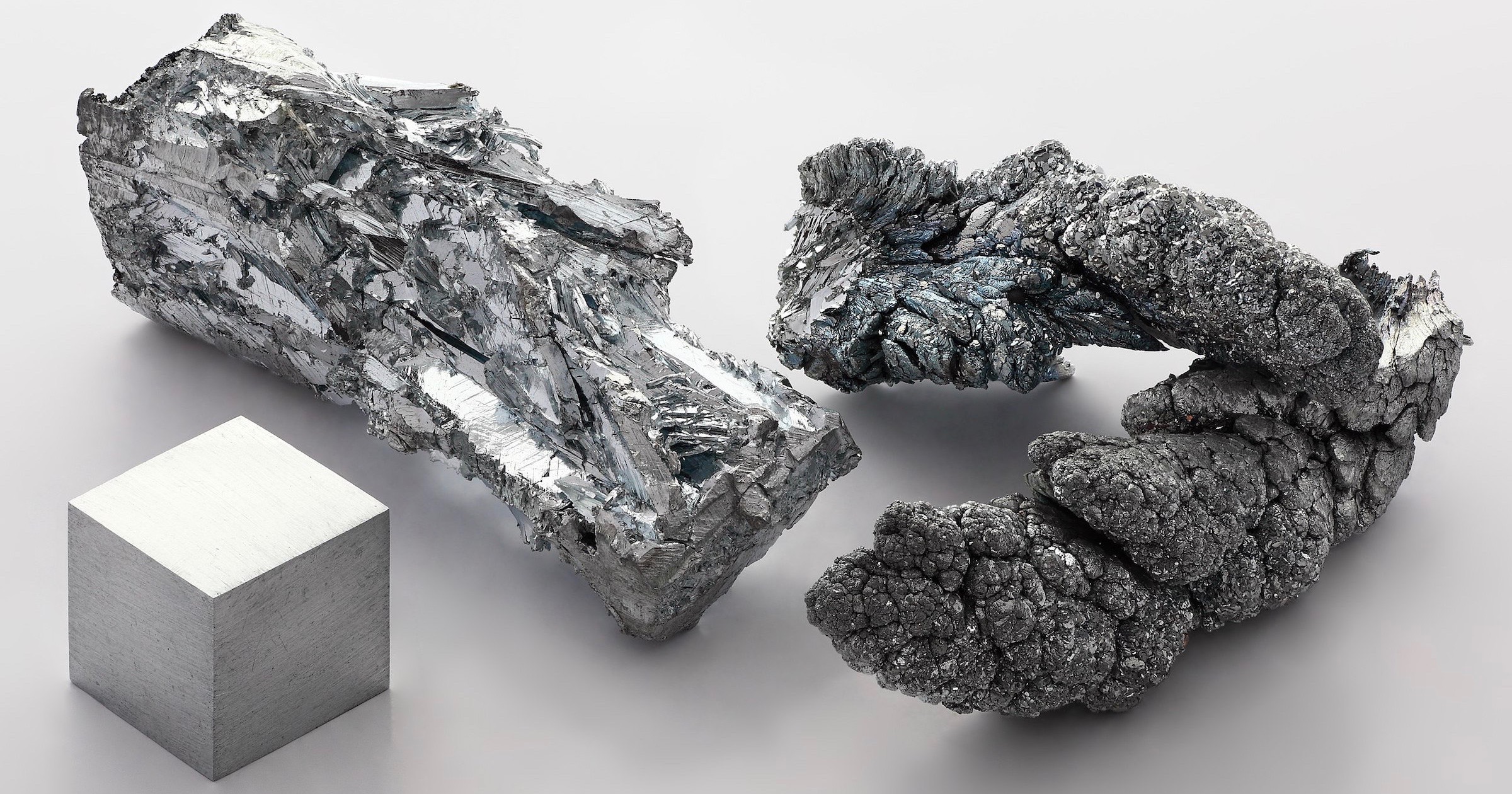David Coppedge draws our attention to zinc and its essential role in maintaining our health. The hierarchy of interdependent systems that contribute to zinc’s availability and use highlights again evidence for design.
Zinc is element 30 in the periodic table, and the most abundant metal in the body after iron. Even so, we only carry about three grams of zinc by weight. That trace amount should not be disparaged: it is vital for 10 percent of the proteins and enzymes in our cells. In his earlier book The Miracle of the Cell (2020), Denton devoted two pages to zinc, listing the varieties of some 300 enzymes that rely on its unique properties. Last year, in an article about metals in proteins, Casey Luskin mentioned several important functions that zinc enzymes perform.
One important zinc enzyme Denton focuses on is carbonic anhydrase. It converts CO2 in our cells to bicarbonate, and then reverses the reaction in the lungs. As a result, the end product of oxidative metabolism — carbon dioxide — gets safely breathed out into the air for plants to take in. And that’s not all:
Carbonic anhydrase also aids in the regulation of fluid and pH balance and is involved in producing essential stomach acid. The enzyme also plays a role in vision. When it is defective, fluid can build up and cause glaucoma. The enzyme is one of the fastest known, catalyzing up to one million reactions per second. [Emphasis added.]
Clearly, we could not live without those three grams of zinc. But how does a metal as ideal as this get into the food chain?
Getting Zinc from Crust to Soil
First, it must be available in crustal rock. Zinc is not rare, but a kilogram of rock on average only has 70 milligrams of zinc (JLab Science Education), demoting it to the 23rd most abundant element in the crust (USGS). Hydrothermal vents and volcanoes transport zinc to the surface most often as sphalerite (Geology.com), a compound with iron and sulfur, which is mined throughout the world. While zinc has many applications for industry, our interest here is how it becomes available to living things. Sphalerite has cleavage planes and a relatively low hardness that make it easy to fragment, but it would never reach plant roots without help from the Earth’s amazing water cycle.

Getting Zinc from Soil to Cell
The “zinc cycle” continues with zinc transported by water to soil. Clay minerals, Denton notes, have a thousand-fold more surface area than sand. Because of their layered structure and electrical charges, clays attract water molecules and can hold them much longer, defying the gravity that would drain soil dry quickly. Roots from plants that penetrate soil’s sands and clays, however, depend on microbes able to take up minerals such as zinc and deliver them to the root hairs.
Getting Zinc from Leaf to Human
Herbivores and carnivores benefit from the zinc in the leaves, fruits, and seeds of plants. Harvard Nutrition Source says that the trace amount of zinc in our bodies “is a major player in the creation of DNA, growth of cells, building proteins, healing damaged tissue, and supporting a healthy immune system.” And when sperm meets egg, zinc puts on a fireworks show!
Good plant sources of zinc include legumes, whole grains, and nuts. Meats, poultry, and seafood are rich animal sources of zinc. While zinc deficiency is rare in developed countries, it can cause loss of smell and taste, diarrhea, and other issues. Excess zinc can also be unhealthy, but the body normally regulates zinc homeostasis, maintaining the three-gram optimum.
That leads us finally to the news: a paper last month in Cell by Weiss et al. announced, “Zn-regulated GTPase metalloprotein activator 1 modulates vertebrate zinc homeostasis.” The prevention of zinc deficiency or overdose is regulated by a newly identified metalloprotein family, named ZNG1, that flies into action in situations of zinc starvation.
Erik Skaar of Vanderbilt University says:
We think that when the body is starved for zinc, ZNG1 ensures that zinc gets delivered to the most important zinc-containing proteins,” Skaar said. “This opens up an exciting new area of biology, where we have these regulatory factors controlling a number of different physiological processes through metal insertion.
This short venture into the zinc cycle illustrates once again that the closer you look at intelligently designed biological systems, the more specified complexity you find.
Evolution News
Zinc’s unassuming but crucial role for our health begins with prior astronomical processes that deliver sufficient zinc to the Earth’s crust. Further processes consistent with intelligent design involve Earth’s volcanically active geology and continue with Earth’s amazing water cycle, soil formation ecology, the “benevolent job of microbes in the ecological nutrient cycle,” and the atomic properties of zinc that facilitate the homeostasis of the ideal amount of zinc within our bodies for optimal health.